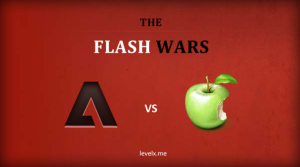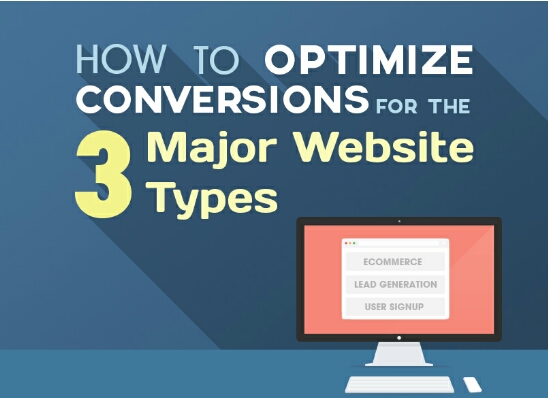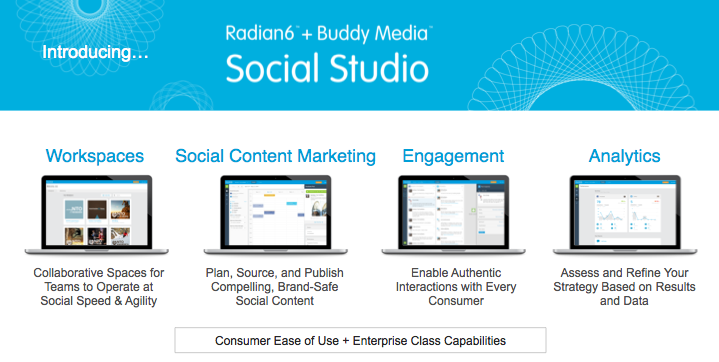HTML5 and CSS3: Coming Soon to a Device Near You
 In 1999, Michael Jordan announced his retirement for the second time (only to return to the game yet again in 2001), Apple released the iBook G3, and an aspiring young web developer at Galvin Technologies was graduating … from the fifth grade. This was also the year the current web standard, HTML 4.01, was released. Obviously, the functionality of the web and how it is used on a day-to-day basis has changed quite a bit since 1999, yet the current standard of HTML that powers it is now fourteen years old — an eternity in technology. Consider that, when the standard was first put forth, Netscape Communicator was the most-popular browser and Internet Explorer 4 was just starting to close in on its market share — largely because of IE4’s support for HTML 4.01. Finally, four years ago rumors began to circulate that an HTML5 standard was finally in the works, and over the course of the past 3 years, bits and pieces of HTML5 have been popping up all over the web.
In 1999, Michael Jordan announced his retirement for the second time (only to return to the game yet again in 2001), Apple released the iBook G3, and an aspiring young web developer at Galvin Technologies was graduating … from the fifth grade. This was also the year the current web standard, HTML 4.01, was released. Obviously, the functionality of the web and how it is used on a day-to-day basis has changed quite a bit since 1999, yet the current standard of HTML that powers it is now fourteen years old — an eternity in technology. Consider that, when the standard was first put forth, Netscape Communicator was the most-popular browser and Internet Explorer 4 was just starting to close in on its market share — largely because of IE4’s support for HTML 4.01. Finally, four years ago rumors began to circulate that an HTML5 standard was finally in the works, and over the course of the past 3 years, bits and pieces of HTML5 have been popping up all over the web.
Does this mean developers everywhere should now instantly start using HTML5 in all of their projects with no regard or concern for browser compliance? No. It simplyk means that the list of features and functions in HTML5 is complete and nothing more will be added. Currently, HTML5 is set to become the recommended standard for all web pages in 2014, which means there is still at least a year before all of the major browsers offer full support of the standard. A W3C recommendation represents the final stage of a long process and signifies that a document has been subject to a public review, feedback has been addressed, and “locked” from additional changes. This allows browser developers to know exactly what the web standard will be going forward and gives them adequate time to develop their new products accordingly. Currently Chrome is the closest browser on the market to supporting HTML5, with Opera close behind, though both browsers are still not fully in compliance all of features and properties. Once HTML5 becomes the new web standard, it will be each individual browsers’ job to support the new features, or risk falling behind their competition and potentially losing loyal customers for not providing the best web experience.
With all of this talk of new features and browser support and a long wait, what is the big deal? HTML5 ads a number of new features and structures that will greatly improve web development by working to standardize the structure of web sites. These include…
New structural elements such as:
- <article> defines an article
- <details> defines additional details that the user can view or hide
- <figure> specifies content such as illustrations, photos, code listings etc.
- <figcaption> defines a caption for a <figure> element
- <header><footer><section> define specific parts of a document instead of just using general <div>
New Media Elements for audio and video content.
- New input types such as color pickers, date/time, number and email which previously needed JavaScript or other plug ins to create.
- New properties for inputs such as textboxes that include validation and watermarks that currently require the use of JavaScript.
- The new <canvas> element which is used to draw graphics, on the fly, via scripting such as JavaScript.
- The new <canvas> tag might prove to be very important, with the famous disagreement between Apple and Adobe with no flash support on i-devices, the canvas tag will eventually allow some degree of animation on the web for those devices.

In conclusion, while full adoption of HTML5 and CCS3 may not drastically change your life, cause you to regrow hair, or make you a basketball player on the level of Michael Jordan, for those of us who develop web pages for a living, the time and costs savings of finally having these standards available on the majority of browsers and devices means that we may get to practice our free throws a little more often.












